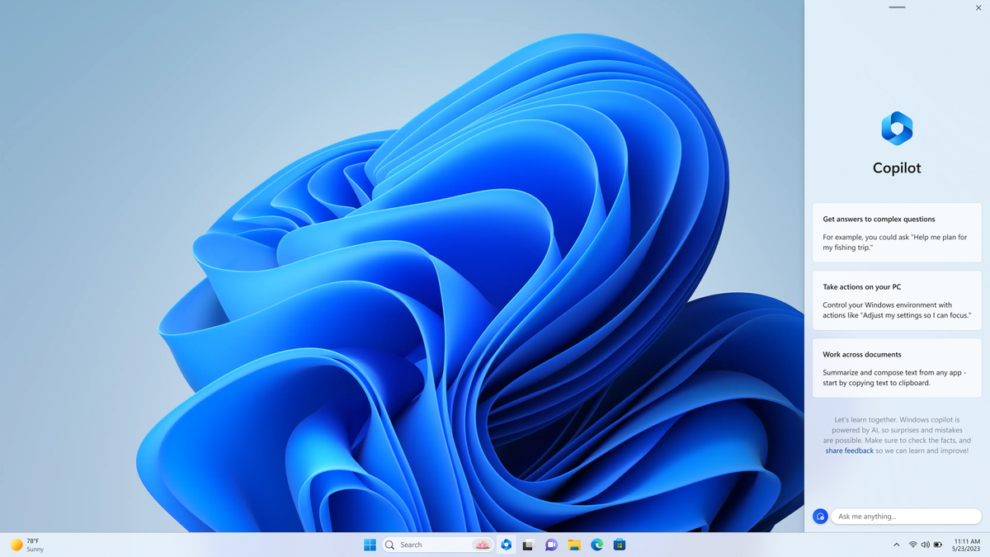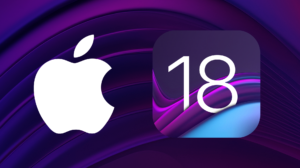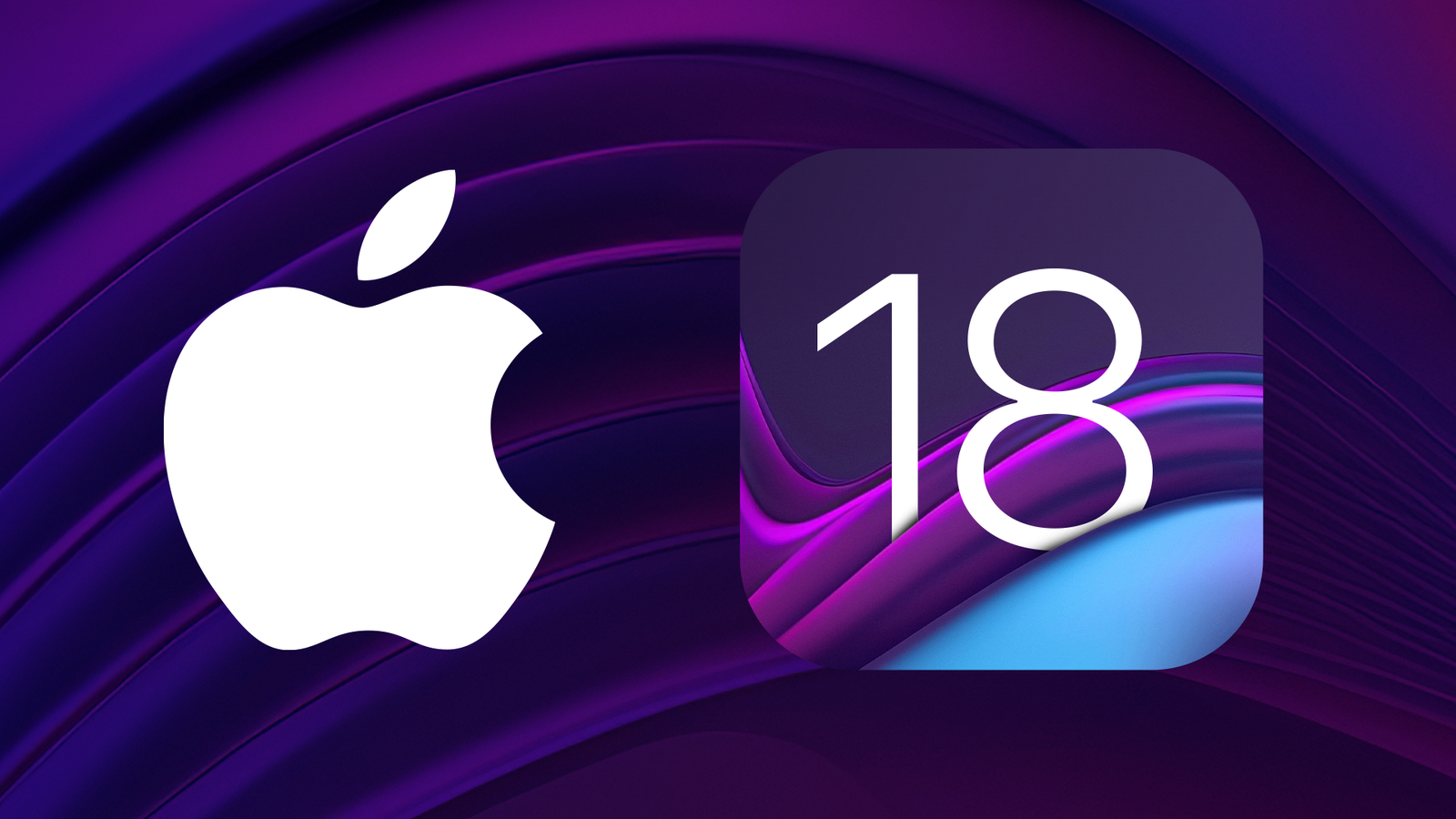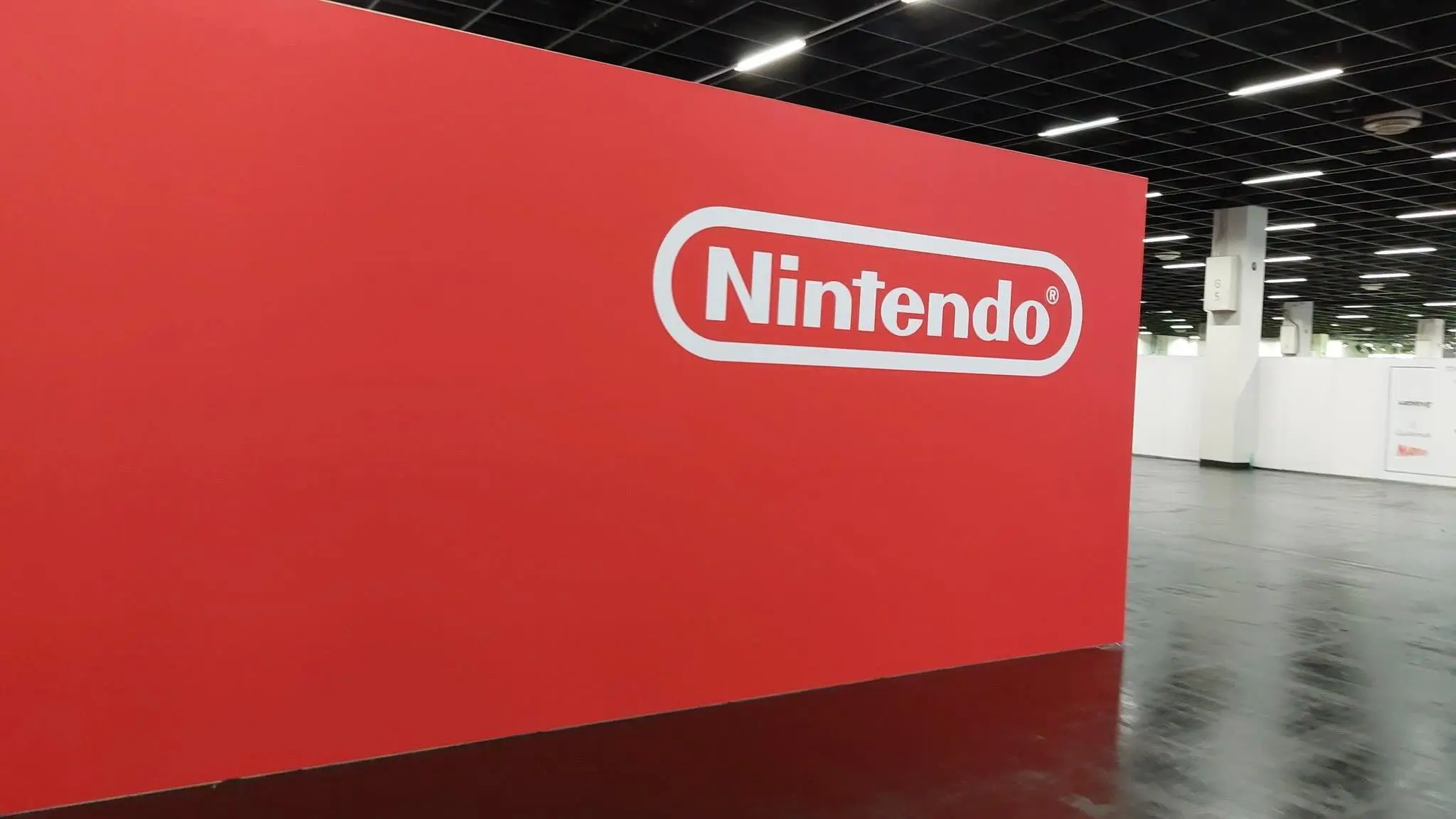Microsoft’s aggressive campaign to promote its new AI-powered Copilot+ PCs has taken a controversial turn, with Windows 10 users reporting intrusive full-screen ads disrupting their workflow.
What’s happening?
Microsoft is displaying full-screen advertisements for Copilot+ PCs on Windows 10 machines. These ads are not subtle; they take over the entire screen, interrupting users in the middle of tasks. This tactic appears to be part of a larger strategy to push users towards Windows 11 and the new Copilot+ ecosystem before Windows 10 support ends in October 2025.
Who is affected?
Windows 10 users are the primary targets of this campaign. Reports of these intrusive ads surfaced on platforms like Reddit and Windows Latest over the past weekend, with users expressing frustration and annoyance.
When did this start?
While the exact start date is unclear, reports began circulating in mid-November 2024, suggesting a recent rollout of this advertising strategy.
Where are these ads appearing?
The full-screen ads have been observed on various Windows 10 installations, including both personal computers and virtual machines.
Why is Microsoft doing this? The motivation seems twofold:
- Promote Copilot+ PCs: Microsoft is heavily invested in its new line of AI-powered PCs featuring Copilot, an integrated AI assistant. These full-screen ads serve as a direct marketing tool to showcase these devices and their capabilities.
- Push Windows 11 adoption: With the impending end-of-life for Windows 10, Microsoft is eager to migrate users to Windows 11. These ads likely aim to incentivize users to either upgrade their existing PCs or purchase new ones with Windows 11 pre-installed, particularly those featuring Copilot+.
Intrusive Ads Spark User Backlash
The reaction to these full-screen ads has been largely negative. Users have taken to online forums to express their discontent, criticizing Microsoft for its aggressive and disruptive advertising tactics. Many feel that the ads are intrusive and interfere with their productivity. The lack of an option to permanently dismiss the ads, with only a “Remind me later” button available, has further fueled user frustration.
This isn’t the first time Microsoft has faced criticism for its promotional strategies within Windows. The company has previously employed pop-ups and notifications to encourage users to upgrade to Windows 11, often drawing complaints about their frequency and intrusiveness. However, the shift to full-screen ads represents a significant escalation in their marketing approach.
The Copilot+ Push: AI Integration as a Selling Point
Microsoft is betting big on AI, and Copilot is a central component of this strategy. Copilot+ PCs are designed to leverage AI capabilities for enhanced productivity and user experience. Features like improved search, intelligent assistance, and AI-powered creative tools are central to the Copilot+ value proposition.
By pushing Copilot+ PCs through these full-screen ads, Microsoft aims to generate excitement and drive adoption of this new technology. The ads highlight the potential benefits of Copilot+, showcasing how it can streamline tasks and enhance creativity. However, the aggressive delivery of these ads may overshadow the message, leaving users with a negative impression rather than enthusiasm for the technology.
Windows 10’s Looming End-of-Life: A Driving Force
The clock is ticking for Windows 10. With support ending in October 2025, Microsoft is ramping up efforts to transition users to Windows 11. The full-screen Copilot+ ads play a role in this strategy, serving as a reminder of the impending deadline and presenting new hardware as an enticing upgrade path.
While upgrading to Windows 11 on existing hardware is an option, Microsoft seems to be promoting the purchase of new Copilot+ PCs as the preferred route. This approach allows them to not only drive Windows 11 adoption but also boost sales of their latest hardware.
Ethical Concerns and User Experience
Microsoft’s use of full-screen ads raises questions about ethical advertising practices and user experience. Interrupting users with unavoidable ads can be perceived as disrespectful and disruptive. The lack of a clear opt-out option further contributes to this negative sentiment.
While advertising is a common practice, striking a balance between promotion and user experience is crucial. Microsoft’s aggressive approach risks alienating users and damaging trust. A more considerate strategy that respects user preferences and provides meaningful choices would likely be better received.
The Future of Windows Advertising
It remains to be seen whether Microsoft will continue its full-screen ad campaign or adjust its approach based on user feedback. The company has previously shown a willingness to modify its promotional strategies in response to criticism.
Moving forward, finding less intrusive ways to promote Copilot+ and Windows 11 will be essential. Exploring options like personalized recommendations, integrated tutorials, and non-intrusive notifications could offer a more user-friendly way to achieve their marketing goals.
My Personal Take
As a tech enthusiast, I’ve been following the development of Copilot with interest. AI has the potential to revolutionize how we interact with computers, and I believe Copilot+ has the potential to be a game-changer. However, I find Microsoft’s use of full-screen ads to be a misstep. It’s a heavy-handed tactic that disrupts the user experience and creates negative associations with the very technology they’re trying to promote.
I’ve personally experienced these ads on my Windows 10 machine, and I found them to be jarring and unwelcome. The inability to permanently dismiss them adds to the frustration. I hope Microsoft reconsiders this approach and opts for more user-friendly ways to showcase the benefits of Copilot+.
Microsoft’s full-screen ad campaign for Copilot+ PCs on Windows 10 highlights the company’s aggressive push towards AI integration and Windows 11 adoption. While the intent behind the campaign may be understandable, the execution has drawn criticism for its intrusiveness and disregard for user experience. Finding a more balanced approach that respects user preferences will be crucial for Microsoft to successfully promote its latest technologies without alienating its customer base.



















Add Comment